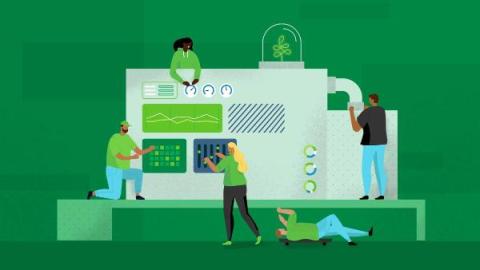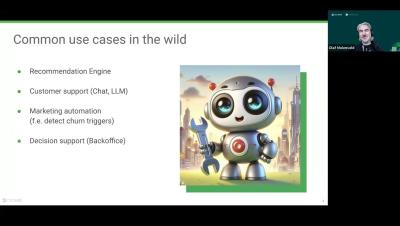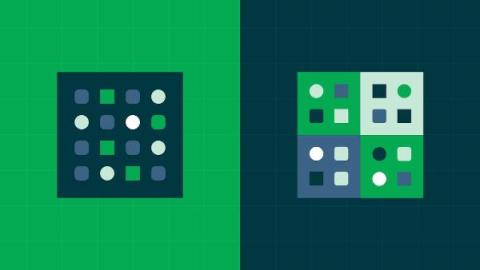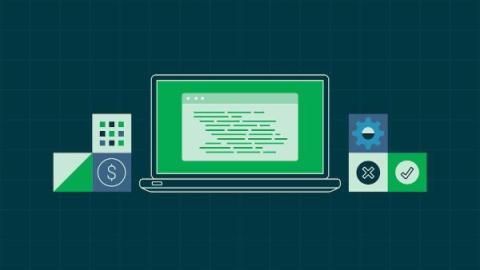CircleCI product updates
Every few months, the CircleCI product organization is going to round up some of the cool stuff we’ve created for you. Read on to learn about the new security, productivity, and speed features you can take advantage of.











